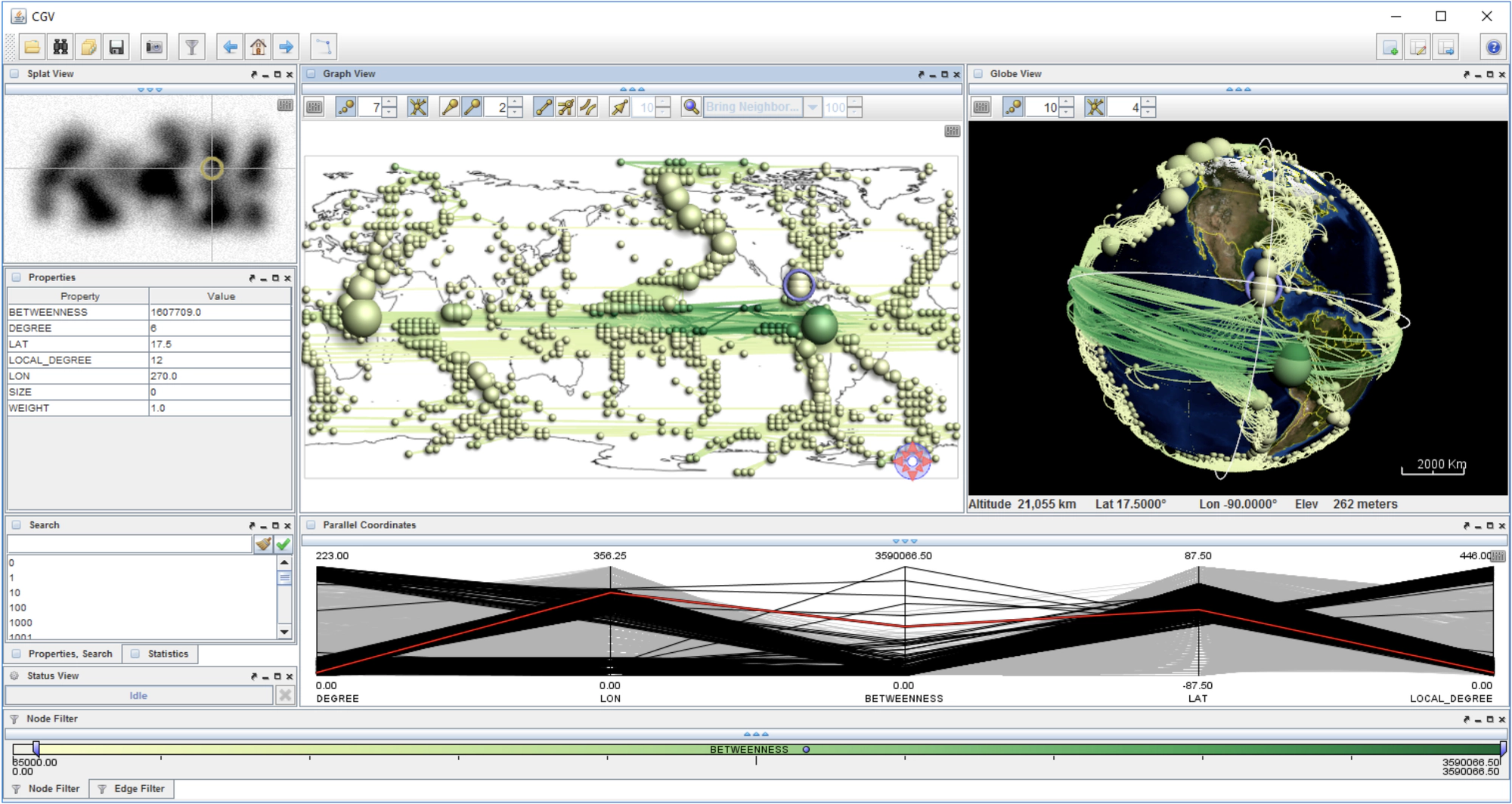Visual Analytics (Current Topics in Visual Computing)
 Christian Tominski and Heidrun Schumann. “Interactive Visual Data Analysis”. AK Peters Visualization Series, CRC Press, 2020.
Christian Tominski and Heidrun Schumann. “Interactive Visual Data Analysis”. AK Peters Visualization Series, CRC Press, 2020.Course Description
The goal of this course is to explore the synthesis of visualization, interaction, and computation to facilitate insight generation from large and complex data. With enormous amounts of data being collected, being able to turn these data into informed and actionable decisions plays a key role for success. To understand complex phenomena, however, it is not enough to let machines analyze data computationally or let humans analyze data manually. Instead, visual analytics is a technology that couples human and machine analysis, taking advantage of both their strengths to understand the behavior of a system, explore phenomena and trends, discover dependencies, and finally make an informed decision. For this purpose, visual analytics combines advanced visual representations, interaction techniques, and computational methods. Through lecture sessions and a programming project, we will dive deeper into these components.
Prerequisites
There are no enforced prerequisites for this course. However, a general interest in data visualization and computational approaches as well as basic programming experience are recommended.
Learning Outcome
Students will gain an overview of visual, interactive, and analytical methods to make sense of large and complex data. They will deepen their understanding of these methods through the implementation of selected techniques in a programming project. At the end of this course, students will be able to
- explain why and when computation, visualization, and interaction should work together to simplify data analysis.
- describe, compare, and contrast different techniques for each of these building blocks and understand their interplay with respect to real-world analysis problems.
- implement a complete data transformation process as an interactive web-based application based on real-world data and user tasks in the context of ecological systems.
- reflect on the effectiveness and improvement potential of the implementation.
Course Mechanics
The course combines lecture sessions with a hands-on programming project that augments the lecture contents. The group project centers around a real-world analysis problem in the domain of ecological systems. It involves characterizing the problem at hand, surveying existing approaches, developing alternative solutions, implementing a chosen design, and reflecting on the results. The course will close with an oral exam.